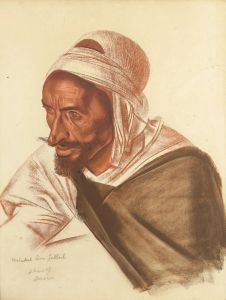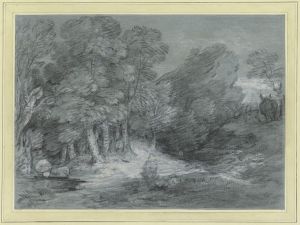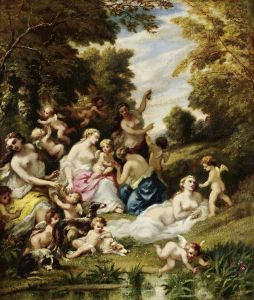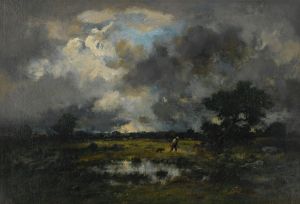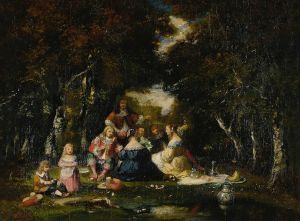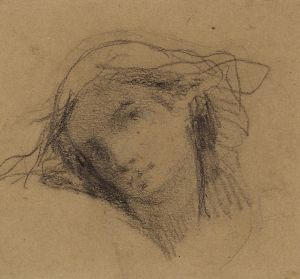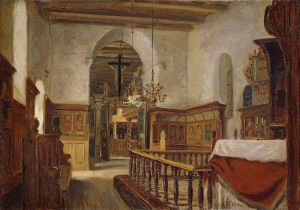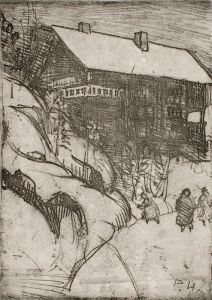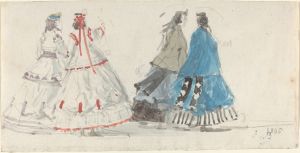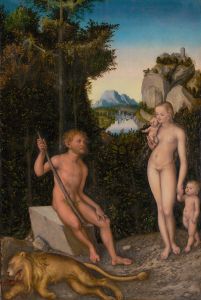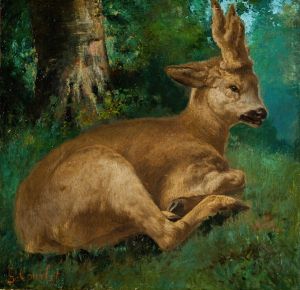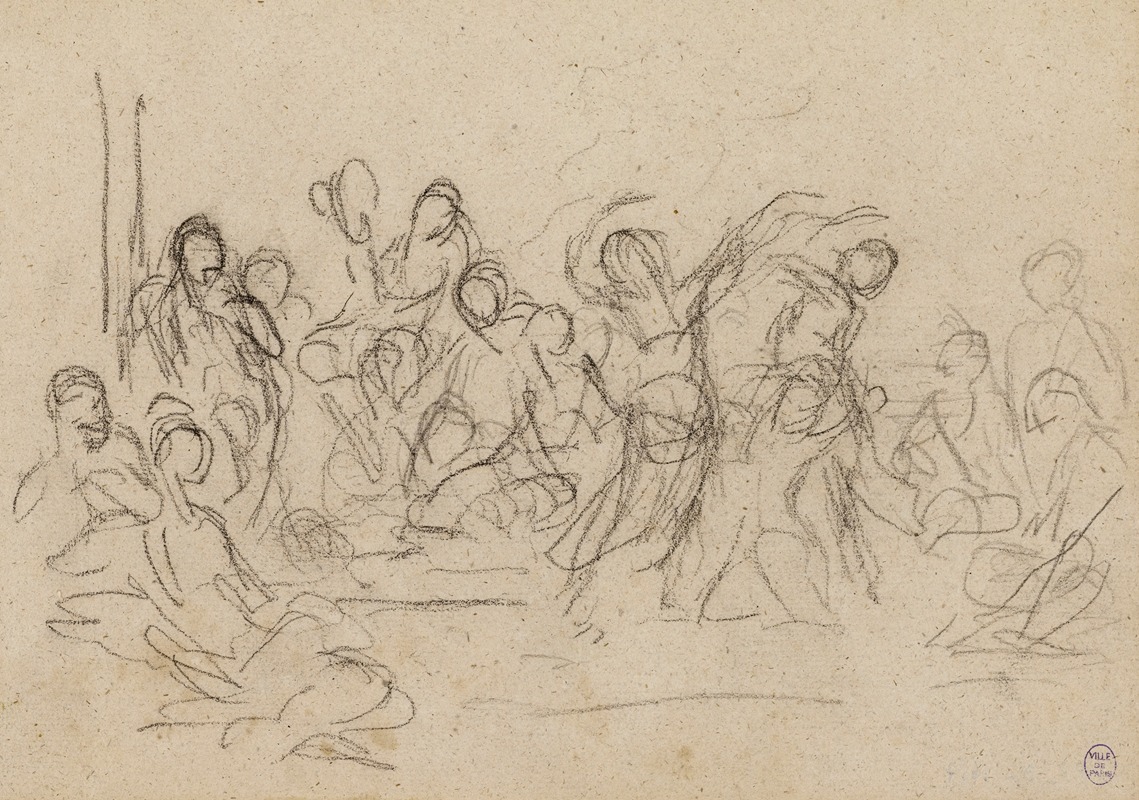
Composition avec de nombreux personnages
A hand-painted replica of Narcisse-Virgile Diaz de La Peña’s masterpiece Composition avec de nombreux personnages, meticulously crafted by professional artists to capture the true essence of the original. Each piece is created with museum-quality canvas and rare mineral pigments, carefully painted by experienced artists with delicate brushstrokes and rich, layered colors to perfectly recreate the texture of the original artwork. Unlike machine-printed reproductions, this hand-painted version brings the painting to life, infused with the artist’s emotions and skill in every stroke. Whether for personal collection or home decoration, it instantly elevates the artistic atmosphere of any space.
Narcisse-Virgile Diaz de la Peña was a prominent 19th-century French painter associated with the Barbizon School, a movement that emphasized naturalism and was a precursor to Impressionism. Born on August 20, 1807, in Bordeaux, France, Diaz de la Peña was of Spanish descent and faced numerous hardships in his early life, including the loss of a leg due to an infection. Despite these challenges, he developed a passion for art and became known for his vibrant use of color and his ability to capture the essence of nature and human figures.
"Composition avec de nombreux personnages" is one of Diaz de la Peña's works that exemplifies his skill in depicting scenes with multiple figures. While specific details about this painting are scarce, it is consistent with his broader body of work, which often includes lush landscapes populated with figures engaged in various activities. Diaz de la Peña had a particular talent for integrating figures into natural settings, creating harmonious compositions that reflect the beauty and tranquility of the natural world.
The Barbizon School, with which Diaz de la Peña was closely associated, was named after the village of Barbizon near the Forest of Fontainebleau in France. Artists of this school, including Diaz de la Peña, sought to break away from the formalism of academic art and instead focused on painting en plein air, or outdoors, to capture the changing effects of light and atmosphere. This approach allowed them to depict nature more realistically and with greater emotional depth.
Diaz de la Peña's work is characterized by its rich color palette and dynamic compositions. He was particularly adept at using color to convey mood and atmosphere, often employing warm, earthy tones to evoke the serenity and majesty of the natural world. His paintings frequently feature idyllic scenes of forests, meadows, and rural life, populated with figures that add a narrative element to the landscapes.
Throughout his career, Diaz de la Peña exhibited regularly at the Paris Salon, where his work was well-received by critics and the public alike. He was known for his generosity and support of fellow artists, including Jean-François Millet and Théodore Rousseau, both of whom were also key figures in the Barbizon School. Diaz de la Peña's influence extended beyond his immediate circle, as his approach to color and composition would later inspire Impressionist painters such as Claude Monet and Pierre-Auguste Renoir.
In addition to his landscapes and figure compositions, Diaz de la Peña also produced a number of Orientalist works, reflecting the 19th-century European fascination with the cultures of the Middle East and North Africa. These paintings often feature exotic settings and vibrant costumes, showcasing his versatility as an artist.
Narcisse-Virgile Diaz de la Peña passed away on November 18, 1876, in Menton, France. His legacy endures through his contributions to the Barbizon School and his influence on subsequent generations of artists. While specific information about "Composition avec de nombreux personnages" is limited, the painting is representative of Diaz de la Peña's broader artistic achievements and his ability to capture the beauty and complexity of the world around him.





